Hydraulic power units differ from regular pumps in that they regulate fluid temperature and have multiple stages. They are an integral part of machines that rely on hydraulic power for operation. Read More…
Bosch Rexroth is a global leader in manufacturing industrial hydraulics, including proportional and servo valves. Directional control, high response, flow control, pressure relief, pressure reducing, and servo valves name some of our products. Our rugged valves are a perfect fit your electrohydraulic control applications. A variety of models are available for your viewing on our website.
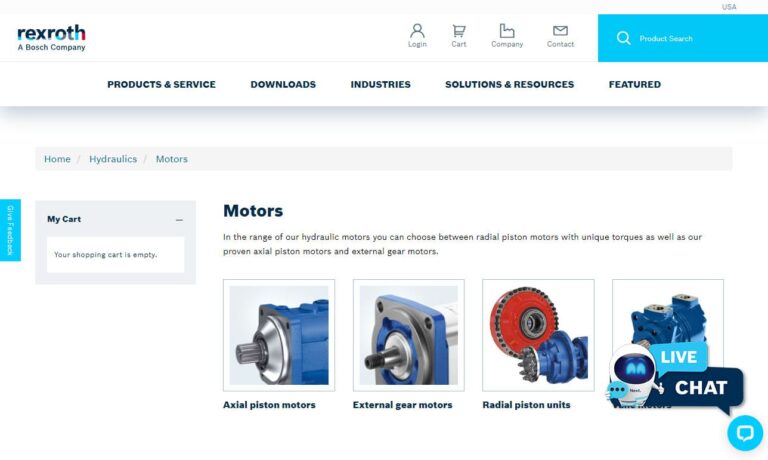
An employee-owned company, Hydraquip is a distributor of fluid power products, including hydraulic motors from Hydro-Gear, Hydrokraft, Rineer Hydraulics, Rotary Power, Sauer Danfoss, Ultra, Vickers and Von Ruden. Since 1951, we have been serving the fluid power industry.
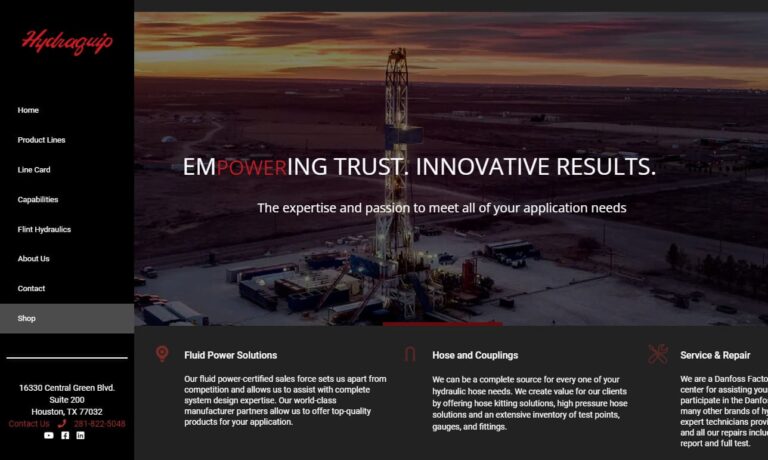
Parker's Hydraulic Pump and Power Systems Division provides a broad selection of piston pumps, hydraulic motors and power units that help our customers meet their industrial and mobile application needs. If you are looking for cutting-edge hydraulic motors that offer superior performance and exceptional value, Parker's Hydraulic Pump and Power Systems Division is your trusted partner.
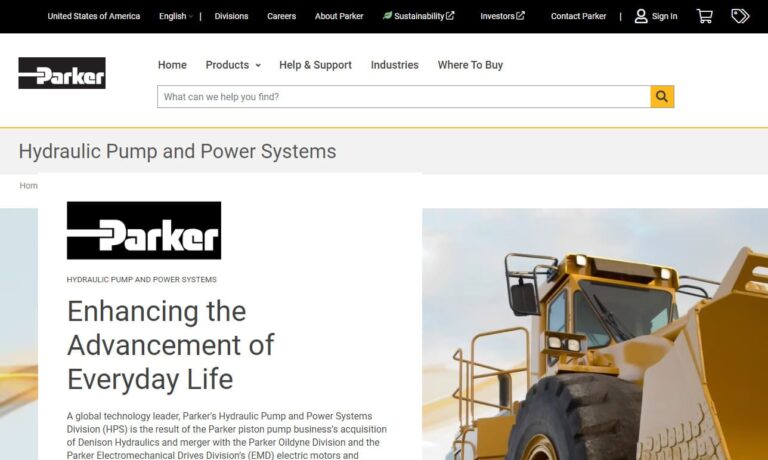
Founded 40 years ago, Innerspace designs, develops and manufactures top-quality, efficient propulsion systems for marine vehicles. Our product capabilities include hydraulic products such as hydraulic motors and customized hydraulic systems. Check out our website for more information.
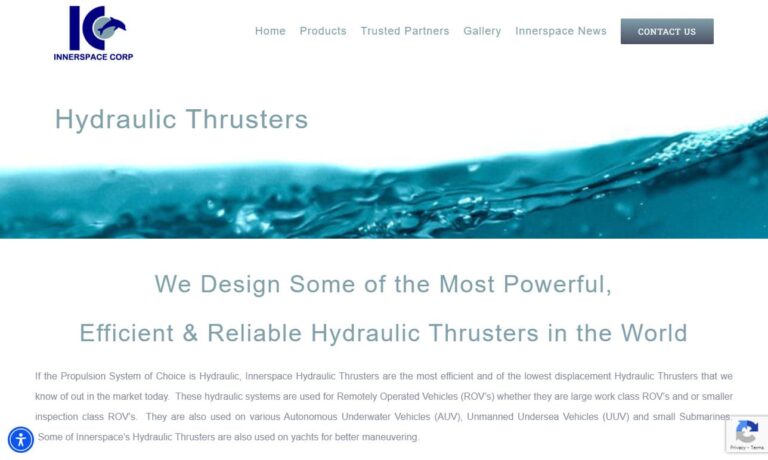
For over 50 years, MacTaggert Scott has been in the hydraulic motor business. Our radial piston hydraulic motors are used in various markets such as marine, offshore and defense. If you are looking for a hydraulic motor that runs quietly and efficiently, MacTaggert Scott is your answer. Call us today!
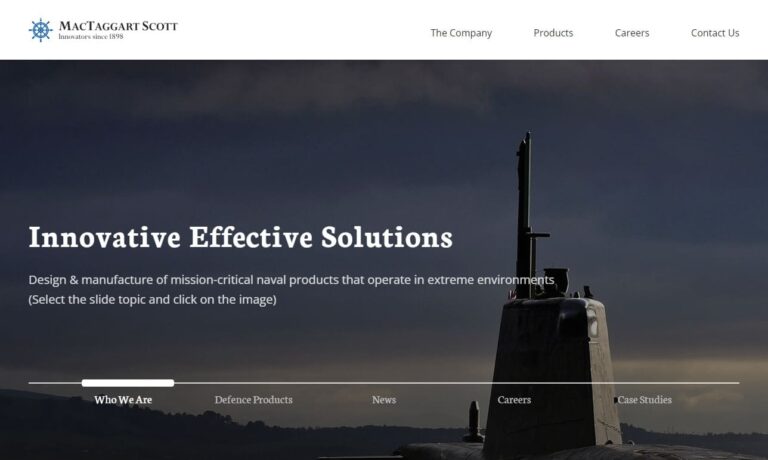
More Hydraulic Power Unit Manufacturers
The hydraulic power unit is comprised of several key parts and components. The three main components of a hydraulic power unit are the motor pump, accumulator and reservoir tank. The power unit’s pump is responsible for pulling the working fluid out of the reservoir tank and moving it into the accumulator. The accumulator is a container which collects the hydraulic fluid and helps build and maintain pressure in the system.
Once the pressure within the accumulator has reached a pre-set level, the fluid is released and circulated in the hydraulic system. The fluid moves the components of the motor, which in turn rotates the shaft that supplies mechanical power. The fluid is then discharged into the reservoir, where it will work its way back into the pump and continue the cycle.
In hydraulic cylinders, the hydraulic power unit pumps hydraulic fluid into the bottom chamber of the cylinder and pushes the piston rod up, which pushes the fluid in the other chamber back into the reservoir. The movement of this fluid pressurizes the chamber and extends the piston to its full length, giving the hydraulic cylinder its ability to push. Since these systems can require high pressures, it is important that these power units be equipped with temperature regulation equipment.
Coolers and heaters are used to ensure that the hydraulic fluid remains within operational parameters and to make sure that the hydraulic equipment does not sustain any damage. Power units can be used for a huge range of applications, including in aerospace test equipment, automation equipment, heavy machinery, marine equipment, and machine tools.

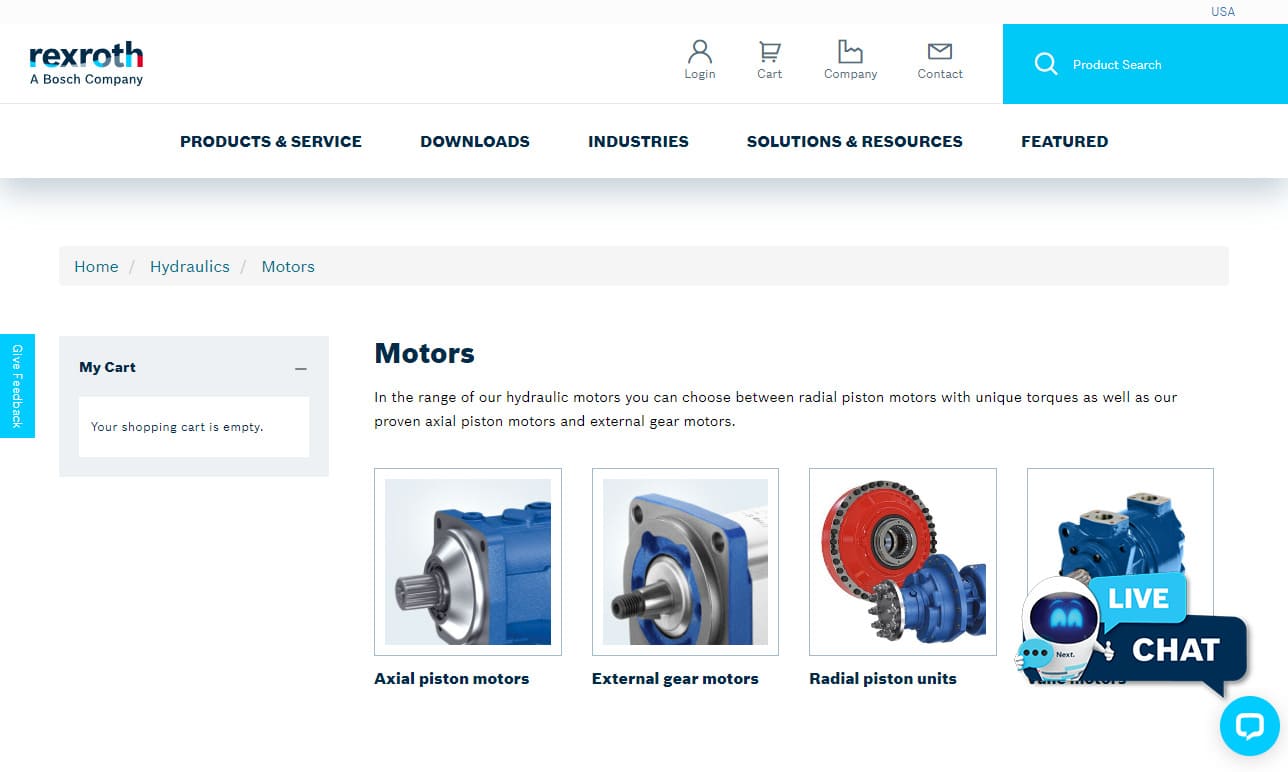
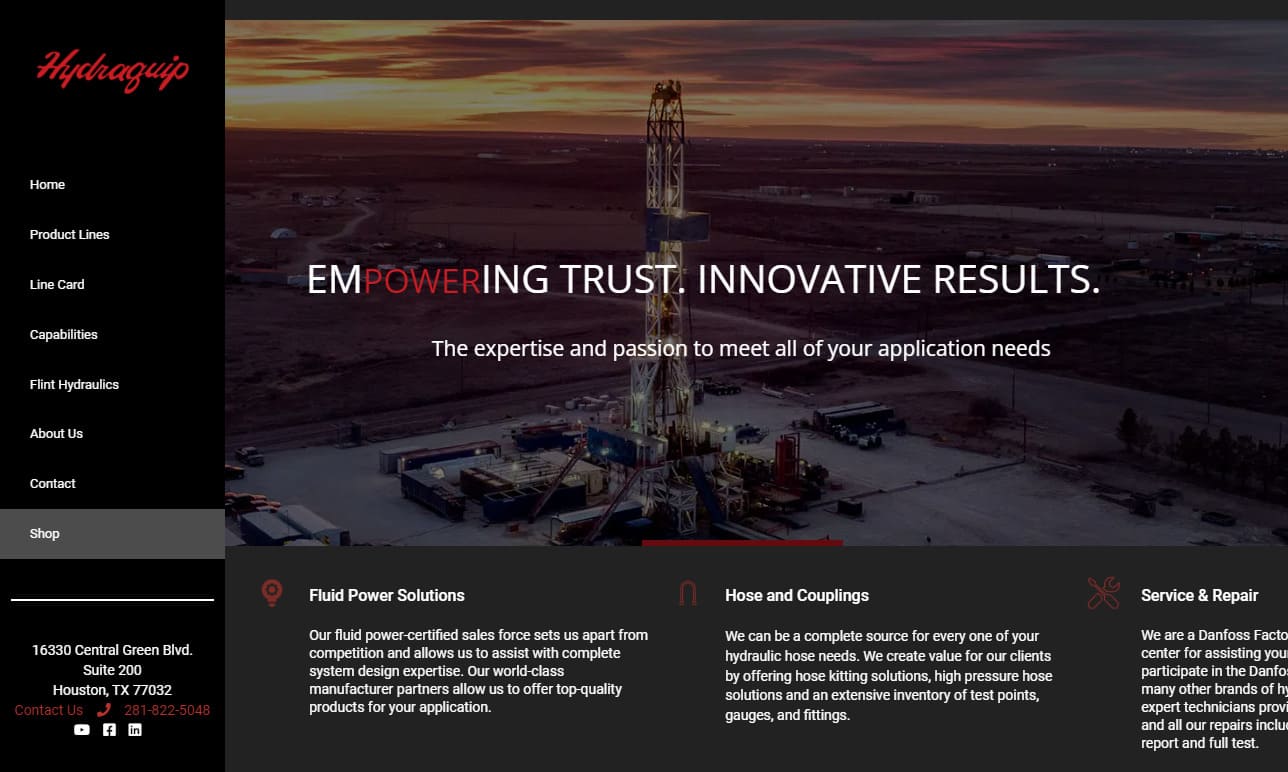
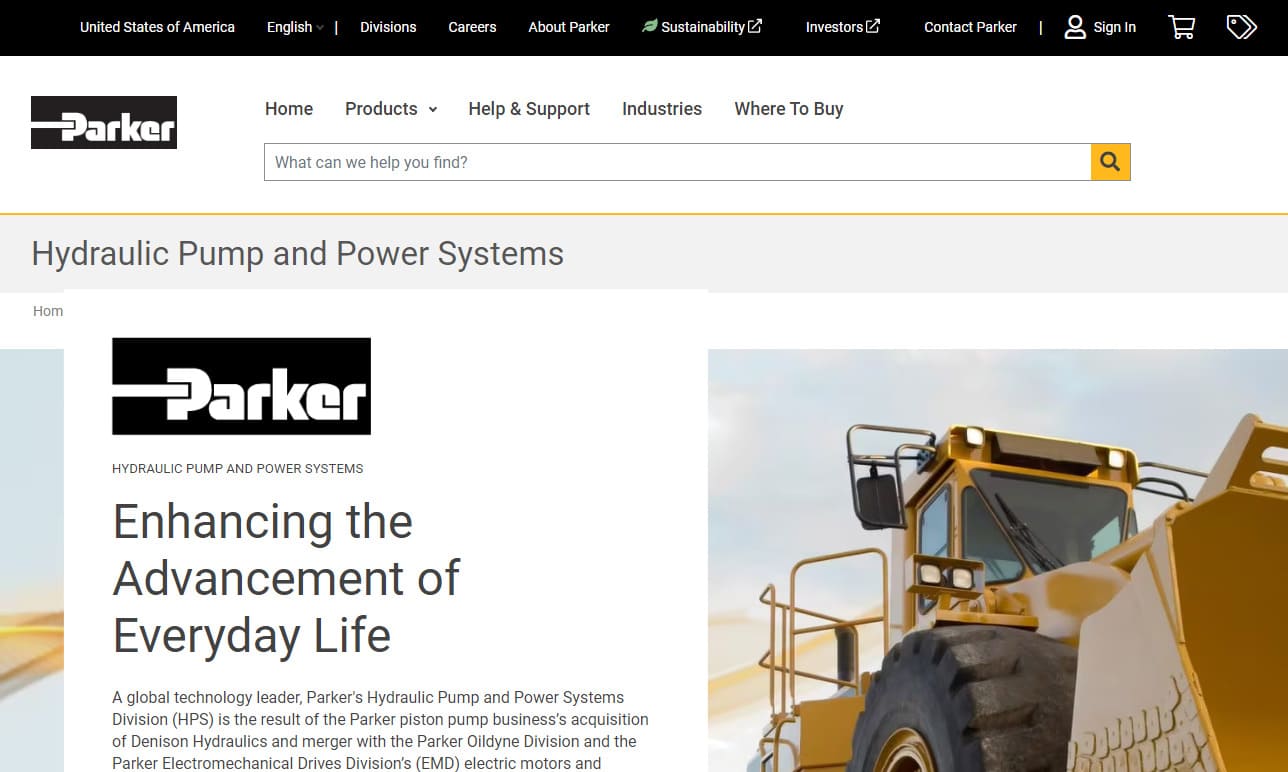
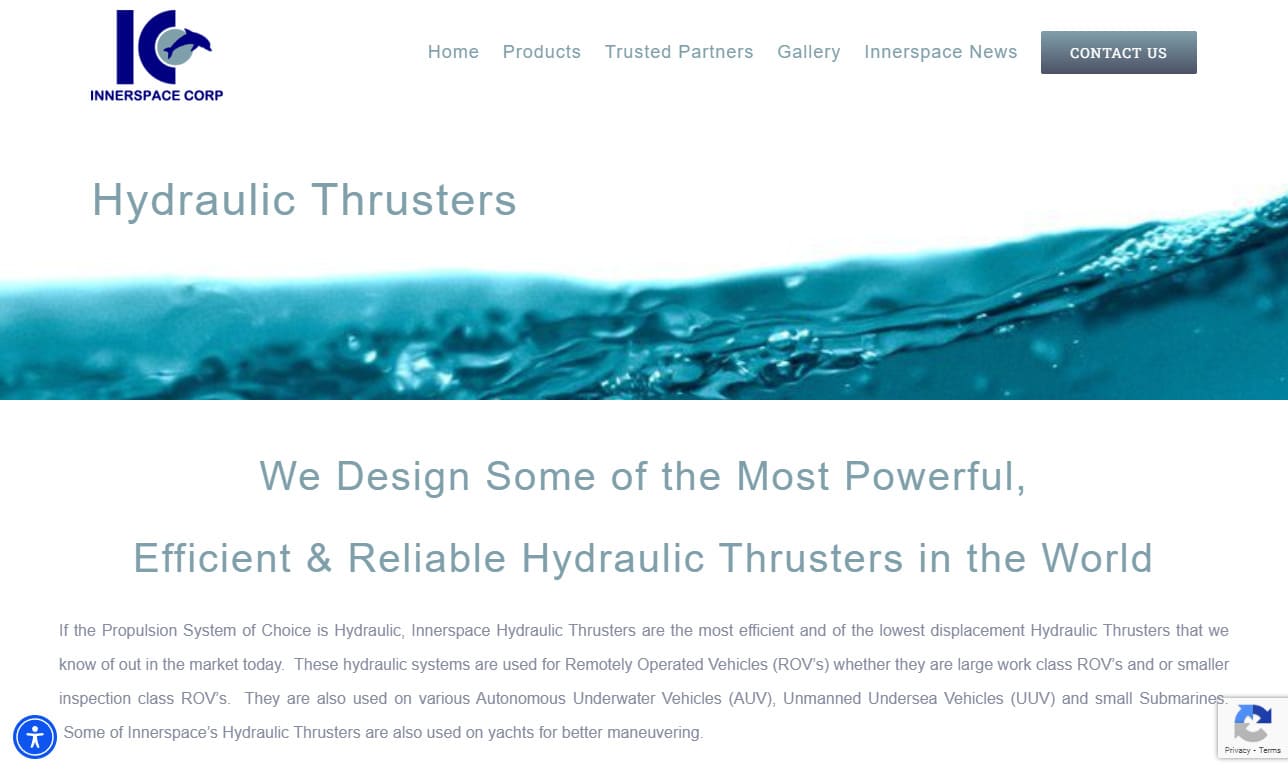

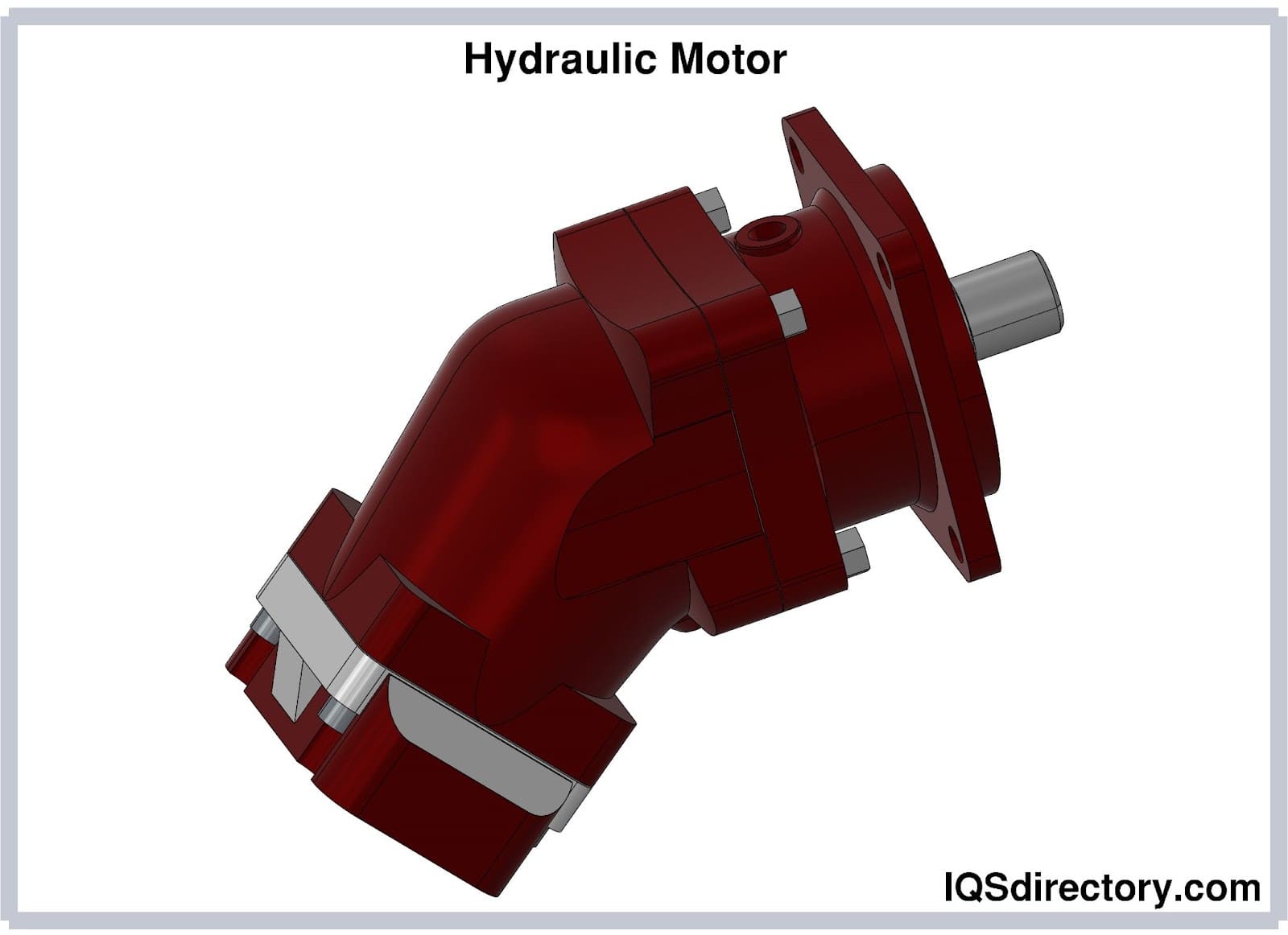
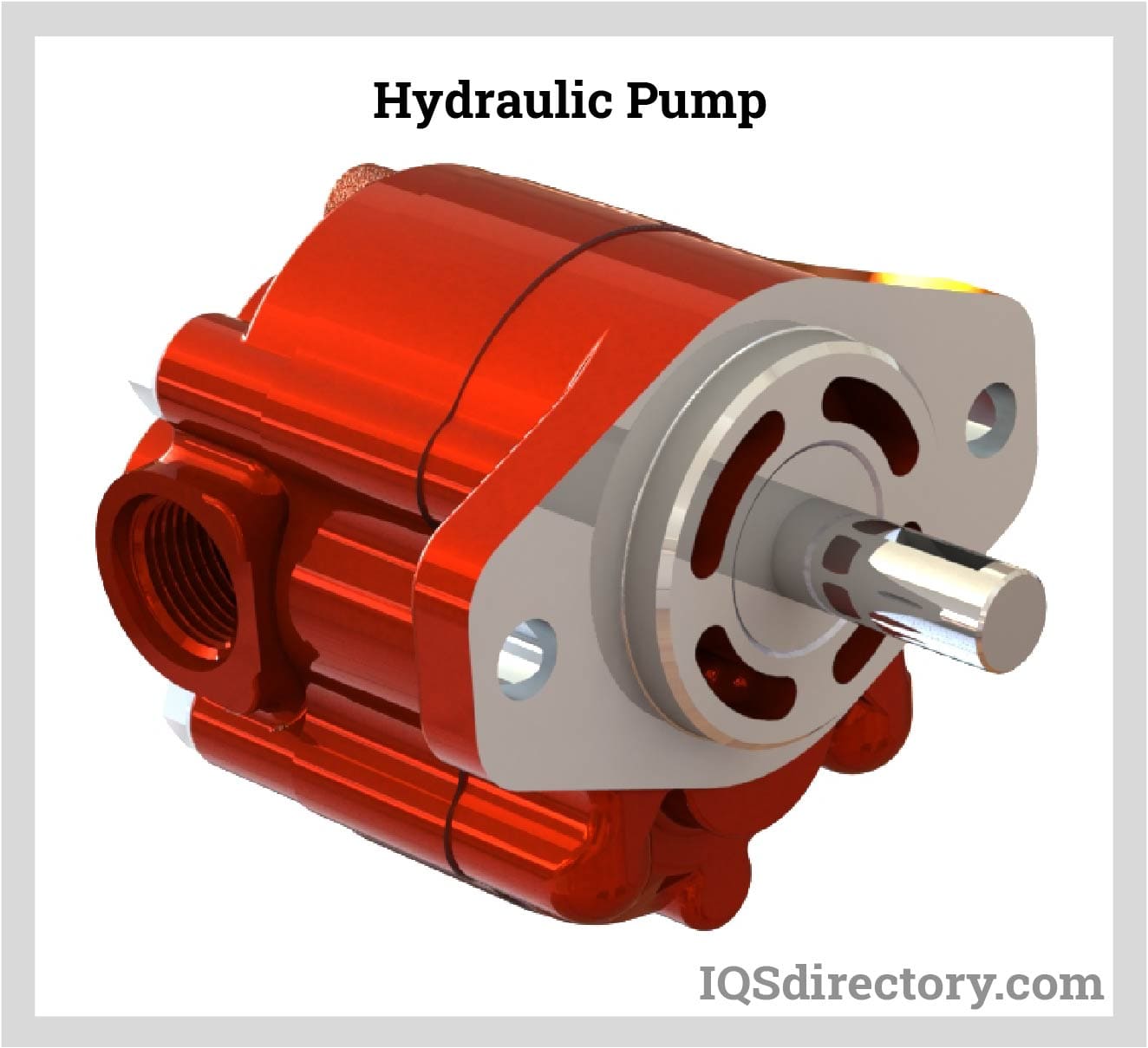
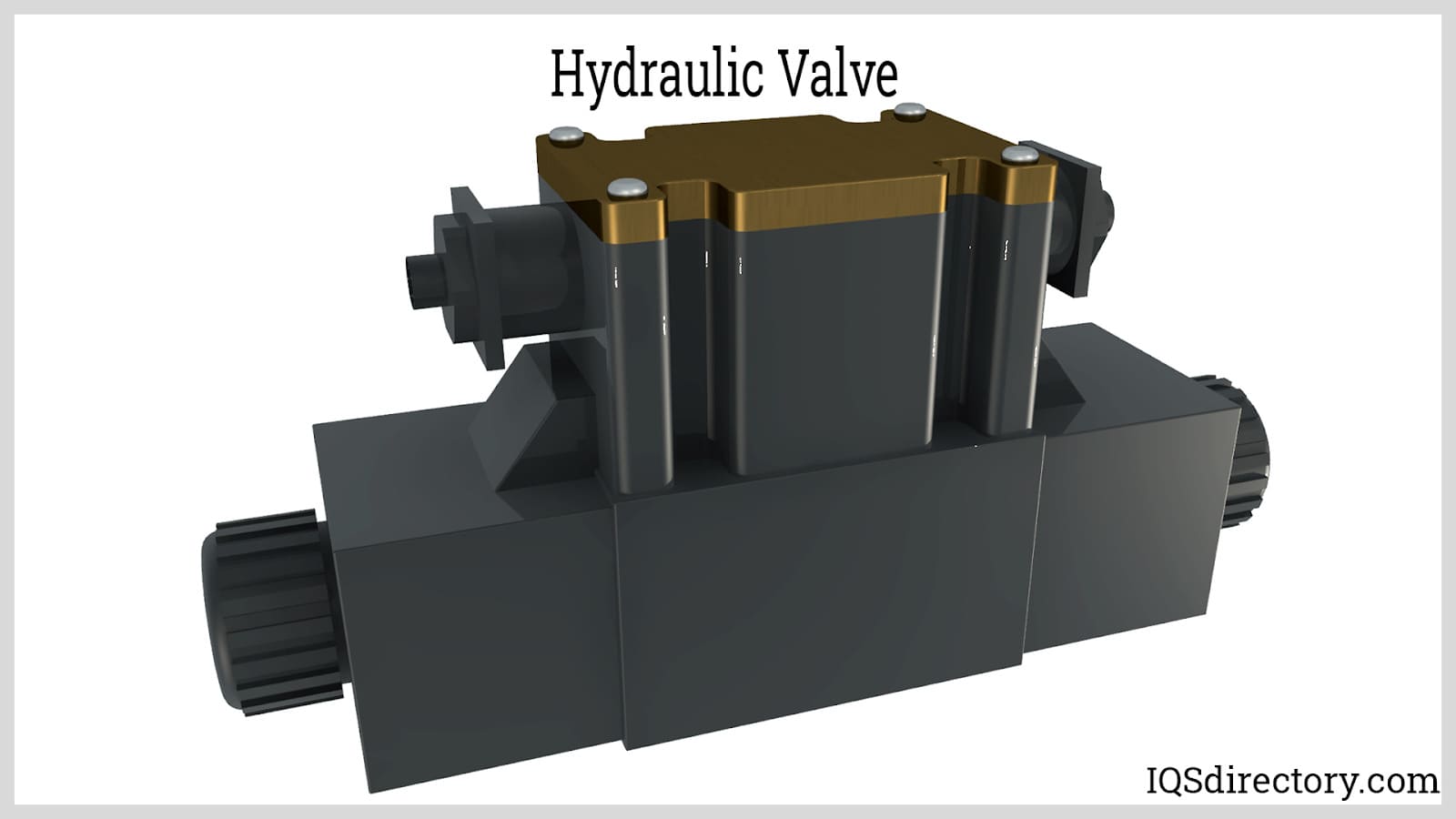
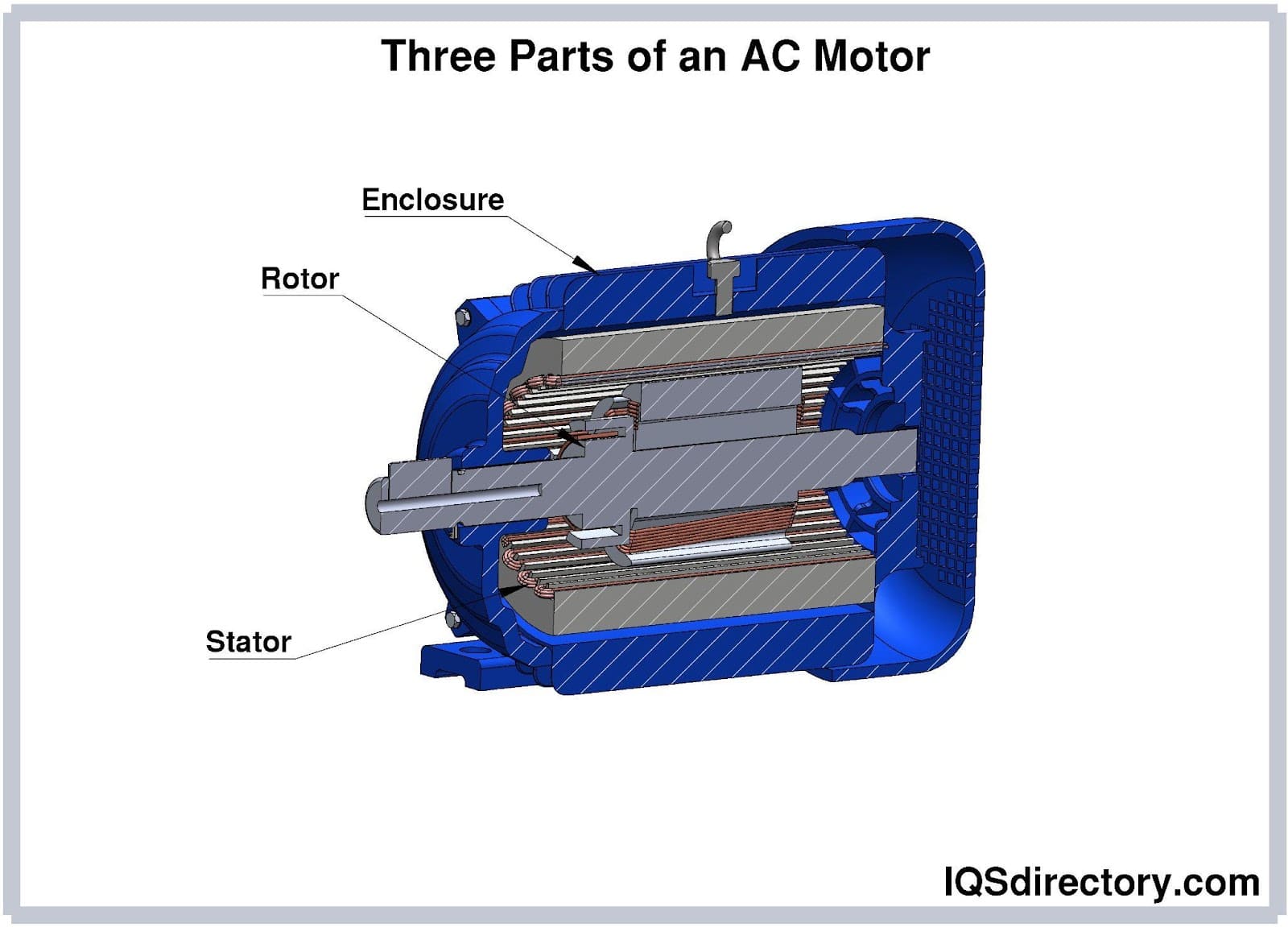
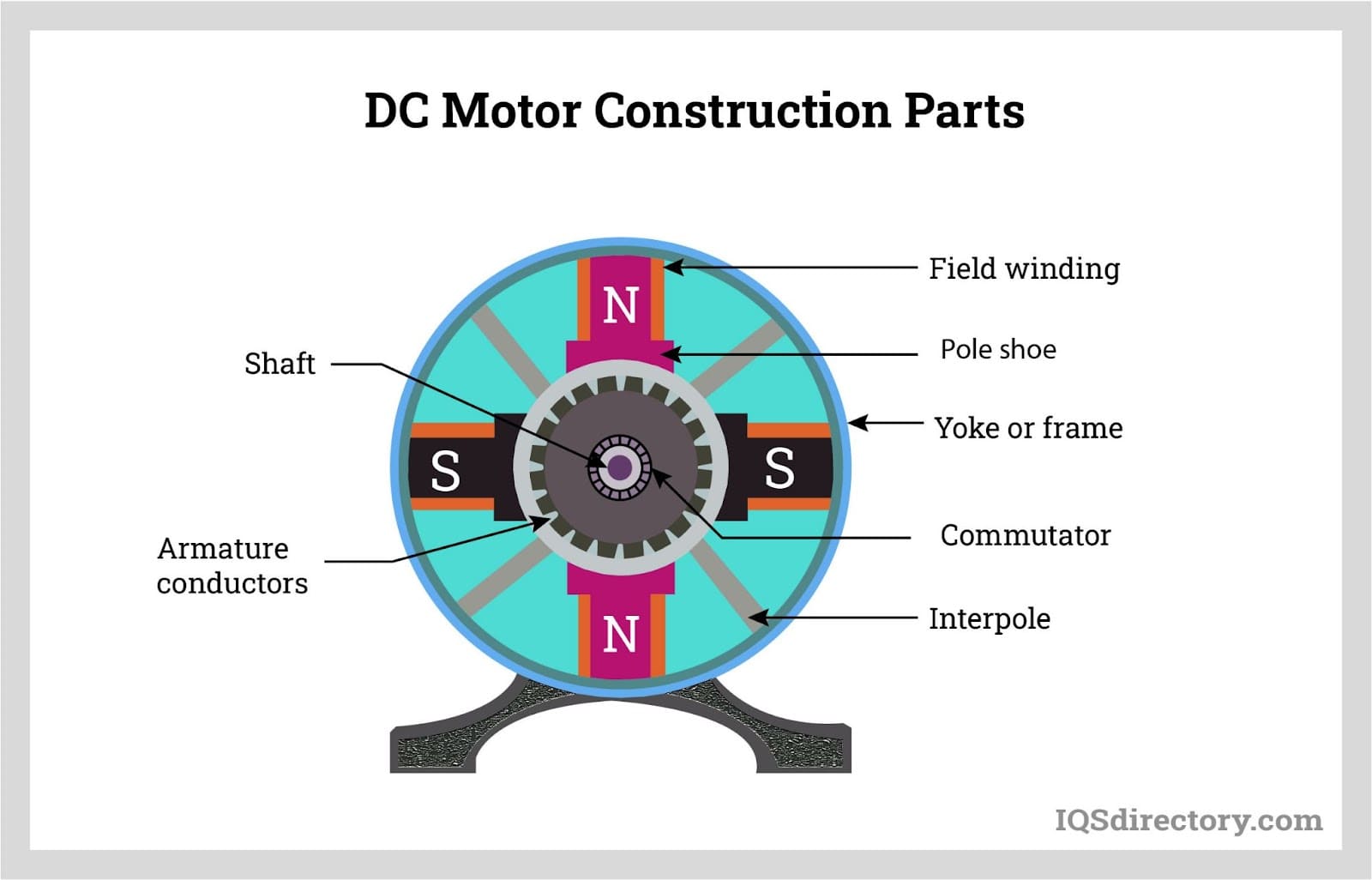

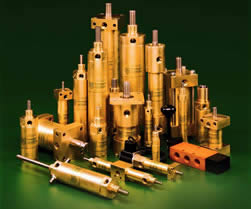 Hydraulic Cylinders
Hydraulic Cylinders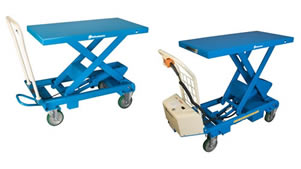 Hydraulic Lifts
Hydraulic Lifts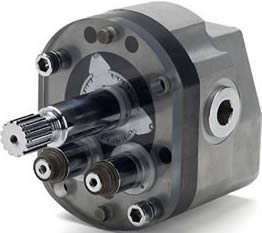 Hydraulic Motors
Hydraulic Motors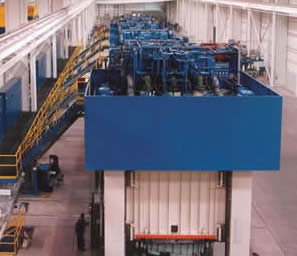 Hydraulic Presses
Hydraulic Presses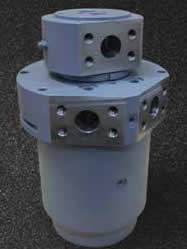 Hydraulic Pumps
Hydraulic Pumps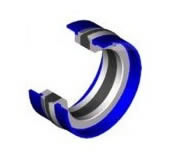 Hydraulic Seals
Hydraulic Seals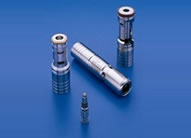 Hydraulic Valves
Hydraulic Valves Castings & Forgings
Castings & Forgings Bulk Material Handling
Bulk Material Handling Electrical & Electronic Components
Electrical & Electronic Components Flow Instrumentation
Flow Instrumentation Hardware
Hardware Material Handling Equipment
Material Handling Equipment Metal Cutting Services
Metal Cutting Services Metal Forming Services
Metal Forming Services Metal Suppliers
Metal Suppliers Motion Control Products
Motion Control Products Plant & Facility Equipment
Plant & Facility Equipment Plant & Facility Supplies
Plant & Facility Supplies Plastic Molding Processes
Plastic Molding Processes Pumps & Valves
Pumps & Valves Recycling Equipment
Recycling Equipment Rubber Products & Services
Rubber Products & Services